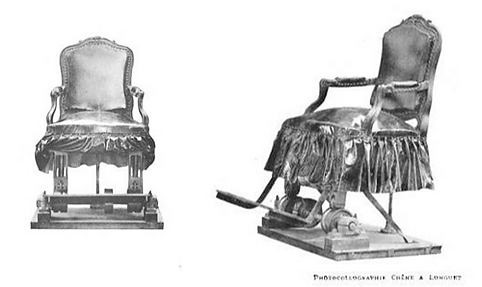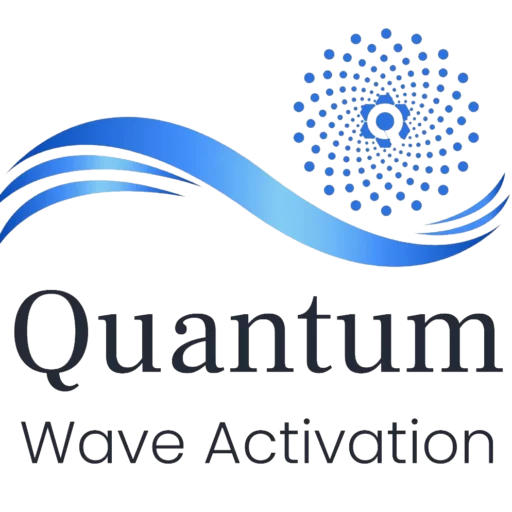
‘Sound and vibration has played a significant role in human history, from ancient times to the modern era.’
Ancient times saw the use of sound for healing in Egypt, Greece, and Rome, where priests and physicians used sound and vibration to heal the body and mind. In India, the use of sound for healing is documented in the Vedas, where sound therapy is used to balance the doshas, the three energies that govern the body. The Middle Ages saw the use of sound for healing by Christian monks who used Gregorian chants and other forms of religious music, and by Islamic physicians who used sound therapy for treating various ailments. During the Renaissance and Enlightenment periods, the famous composer Johann Sebastian Bach created music believed to promote healing and relaxation, and the German physician Franz Anton Mesmer developed mesmerism, a form of healing that used sound and other techniques to balance the body’s magnetic field and promote healing.
In the modern era, sound therapy has become more prevalent, with various forms such as music therapy, sound healing, and binaural beats. Music therapy is used to promote relaxation and reduce anxiety and depression, while sound healing involves the use of specific sounds and vibrations to promote healing and relaxation. Binaural beats, on the other hand, use two different frequencies to create a specific pattern of sound that is believed to promote relaxation, creativity, and mental clarity.
Comparing the use of sound in ancient times to modern medicine, we can see that the principles of sound therapy have remained the same, but the techniques have evolved. Ancient cultures used sound in religious rituals and ceremonies, while modern medicine uses it as a complementary therapy alongside other medical treatments.
In the world of medicine, there is a growing recognition that traditional treatments may not always be enough to tackle complex health problems. This is where complementary therapies come in, such as vibational therapy and bio-sound therapy. A study published in the Journal of Evidence-Based Integrative Medicine found that music therapy can be effective in reducing the symptoms of depression, anxiety, and post-traumatic stress disorder (PTSD) in military veterans. Sound therapy, on the other hand, has been found to be effective in treating chronic pain, fatigue, and sleep disturbances in patients suffering from fibromyalgia. While sound therapy may sound similar to acoustic restoration therapy, which uses sound to restore hearing, it is important to understand the difference. Sound therapy focuses on using sound waves to promote relaxation and reduce pain, while acoustic restoration therapy aims to restore the ability of intracellular synchronisation within our cells to establish resonance. As research continues to evolve, it is clear that complementary therapies such as music therapy and sound therapy have an important role to play in modern medicine.
Early
The celebrated 19th-century neurologist, J.-M. Charcot used vibratory therapy to treat Parkinson’s disease. He developed a vibration chair for patients with PD after he observed that patients were more comfortable and slept better after a train or carriage ride. He replicated this experience by having patients undergo daily 30-minute sessions in the automated vibratory chair (fauteuil trépidant).Newest: Acoustic Restoration Therapy (ART™) is a revolutionary treatment that helps individuals take back control of their emotional reactions and focus on their quality of life and well-being. People who suffer from stress and trauma can benefit from this therapy because it has been proven to be beneficial for them in reducing chronic pain & stress levels associated with depression/anxiety symptoms too!

Newest
Acoustic Restoration Therapy (ART™) is a revolutionary treatment that helps individuals take back control of their emotional reactions and focus on their quality of life and well-being. People who suffer from stress and trauma can benefit from this therapy because it has been proven to be beneficial for them in reducing chronic pain & stress levels associated with depression/anxiety symptoms too!
